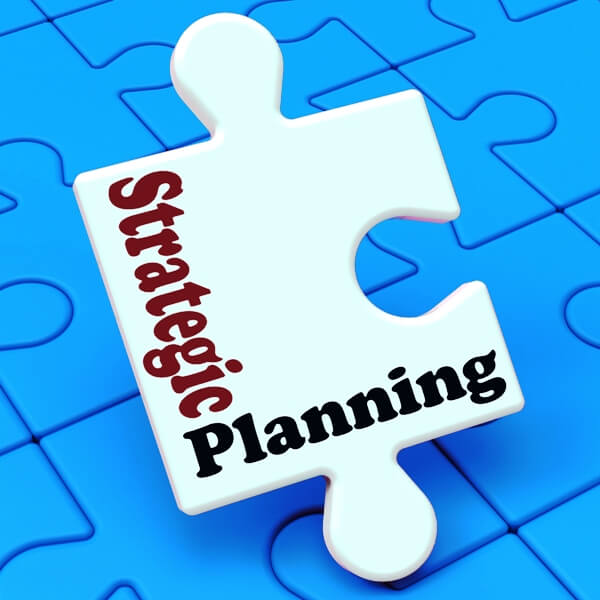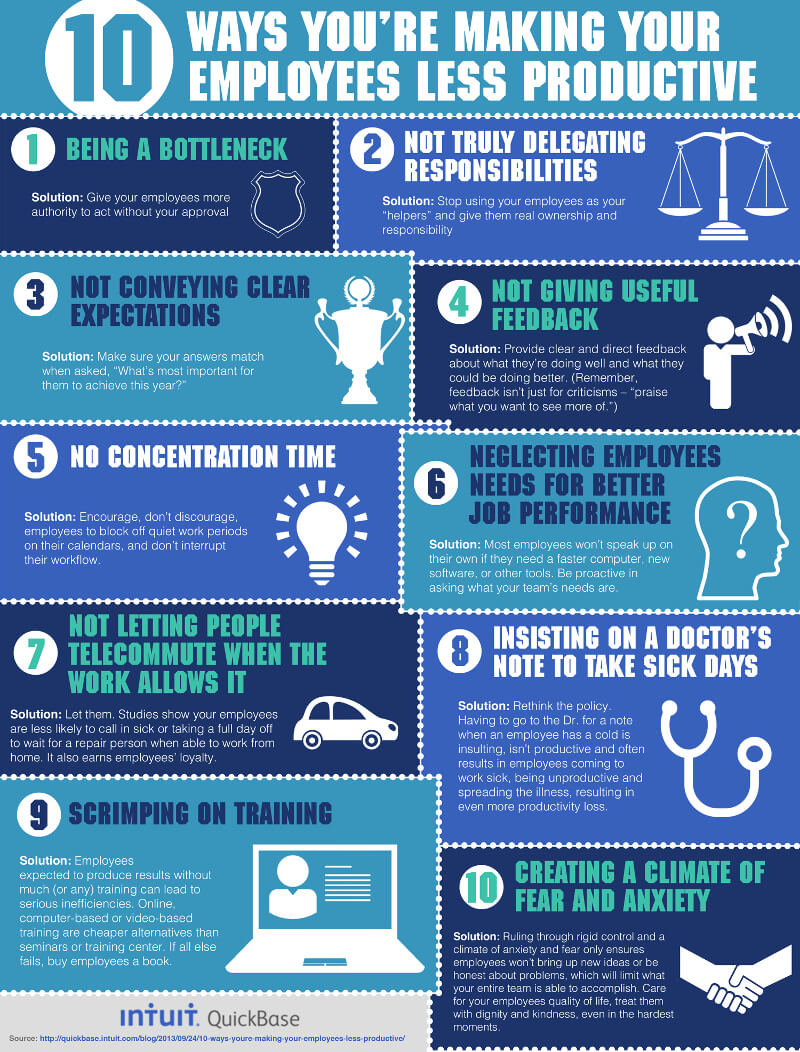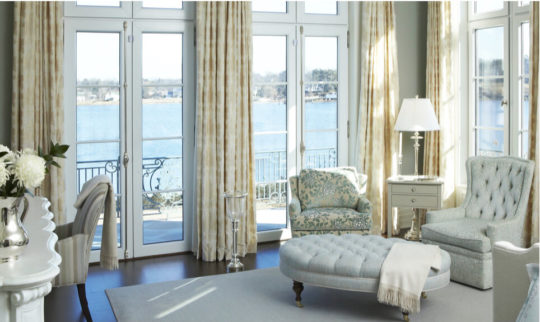Practical Strategies for Managing Your Design Employees

The Things I Learned from Chad James
There is so much more to an interior design business then just design. If you want to run a successful design firm, you can’t sit back and rely solely on your talent and design skills. Not only do you have to be a great designer, but you also have to be an owner, manager, marketer and a strategist, to name a few. But that doesn’t mean you’re on your own without any tools to assist you. The best way to be effective in each of these important roles is to develop practical strategies and systems that can be implemented within your design firm — providing a solid foundation upon which you can grow.
One of the aspects that I just love about A Well-Designed Business® podcast is that we are not discussing theories here or what might work. We focus on actionable tips and advice by experts, designers and business owners who have already utilized these strategies and implemented these systems. They not only discuss what has worked in the past, but they provide great examples of what didn’t work or what could have worked better. It’s ok if you don’t have everything figured out at the get go. We are constantly learning as business owners and that desire to learn and improve will be one of the keys to your success.
Employee Management
The hiring and management of employees is an area of your design firm that will require well thought out strategies and policies. We’ve touched on the topic of employees and interns with several of our guests over the past months. One guest in particular, Chad James, provided a really informative and granular look at the structure, hiring and management of employees in his architectural consulting and design firm, the Chad James Group.
Chad founded his firm, headquartered in Nashville, Tennessee, in 2011 with a central focus on a meticulous approach to quality in design. He leads a talented team of trusted designers on a rich international portfolio complete with whole home renovations and new commercial construction.
Structuring Your Firm

In his firm, Chad has very distinct categories of employees with specific roles and responsibilities associated with them. This allows him to bring a higher level of structure to his firm and set up employee expectations from the start. The different design related roles Chad established in his firm include:
- Intern – can be a part-time or full-time position.
- Apprentice – spends a lot of time shadowing Chad or the design assistant to learn the ins and outs of the business of design and architecture. Their role is very much like a design assistant.
- Junior designer – takes on more of a managerial position and works as a project manager.
- Design associate – is a senior level position in the firm and can be trusted to handle many of the tasks that Chad might not be able to handle personally. The design associate allows Chad to take on multiple projects at the same time, while still keeping his thumb print on the overall look and feel of the project.
The Hiring Process
Chad has three criteria for interns applying for a position with his firm – a copy of their resume, their portfolio and the completion of an assignment he gives them. This is typically a hand drawn rendering of their parent’s living room or another room in their childhood home. The assignment is a great way to weed out potential candidates who are not serious or dedicated enough for the position. The task allows Chad to determine if they can complete the drawing on time, how detail oriented they are, and what their creative strengths or weaknesses might be. In essence, it is a great way for a candidate to demonstrate their abilities and capabilities.
These three requirements help ensure that an intern is applying for the right reasons and not because they might think the design industry is cool, or because it might be fun to work for a design firm. Chad said, “I want someone who is looking at this as an experience to absorb and to learn and to become a better student.”
Once a candidate has met these criteria and Chad has reviewed their resume, portfolio, GPA and references, he will schedule a phone interview to determine if the person should move on to the next step of a person-to-person interview. If they do get to the in-person interview stage, Chad follows up by having the best candidates also meet with one of his associates. This insures that a candidate is fully vetted before they are awarded – as Chad coined it – a position with the firm. If everyone is on board, that intern or employee is hired on a 90 day trial to make sure it is a good fit for both the firm and the new hire.
Here are a few other qualities to look for in a potential employee:
- Takes initiative and motivated
- Forward thinking
- Confident
- Ambitious
- Passionate
- Upbeat
- Team Player
- Communicates effectively
Evaluating Your Employees

The employee starts with a self evaluation and then, based on that self evaluation, Chad will develop his own evaluation of the employee. The evaluation is not a static form — it is catered to that employee and consists of a series of questions based on their specific projects and/or tasks. This provides a chance for one-on-one time between Chad and the employee. He mentioned an interesting outcome, “What’s kind of ironic is that many times things they think they have done poorly, I will say I think you’re being a little too hard on yourself because I think you did this actually much better than you are giving yourself credit for.”
Here are some other tips for a better evaluation of your employees:
- Be specific and use real examples
- Explain how performance or underperformance affects the firm
- Focus on a few key points rather than going over an entire laundry list of issues
- Remember to look at their entire year of employ and not just what they have done lately
Enhancing Productivity
Evaluations and reviews are a great way to keep your finger on the pulse of your company. There is no reason anyone should be flying blind when it comes to their business or their employees. Use these opportunities to highlight the successes of your firm and to identify potential issues that need to be addressed now before a problem festers into a more serious problem.
Don’t be afraid to evaluate your own performance as well. As a boss, you also need to know what you are getting right and what areas might need more of your attention. Business owners need to be open to learning and making mistakes if you truly want to be successful.
One area that can be challenging for a design firm, or any business looking to grow, is productivity. Below is a great info graphic on ways you may be making your design firm employees less productive and solutions for correcting them.
Looking for Even More Tips and Advice?
My interview with Chad James was full of great practical information. If you haven’t already listened to his episode – no. 68 – you really need to. You won’t be disappointed. Chad has done an amazing job structuring his design firm and he has the international success to prove it.
CLICK HERE FOR CHAD JAMES’ FULL EPISODE!








